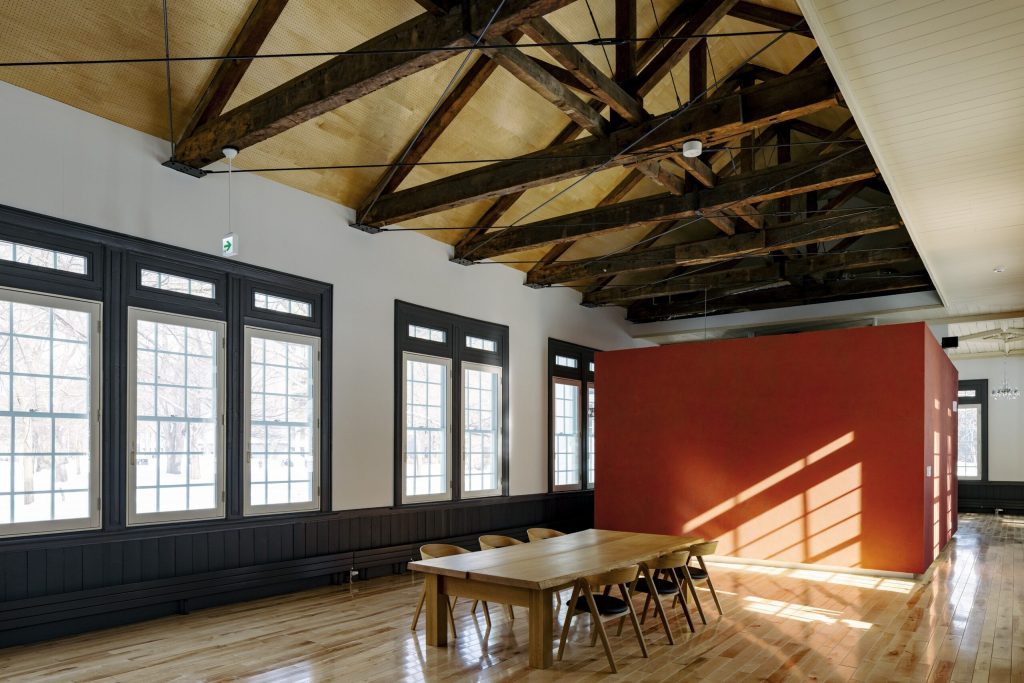This article was published in the Spring 2024 issue of Litterae Populi. The full issue can be found here.
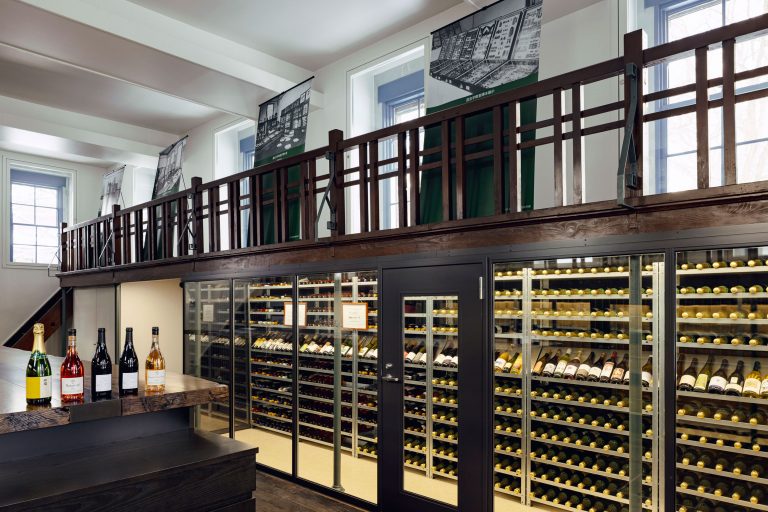
The Center of Education and Research for Hokkaido Wines, inaugurated in Elm Forest on the Sapporo Campus, stands as a cornerstone for advancing wine research and nurturing wine industry professionals. It underpins the journey of Hokkaido’s wine industry toward global recognition.
Reviving a historic building as a hub for wine education and research
The historic building of the former Department of Entomology and Sericulture on the Sapporo Campus underwent preservation and renovations to be reborn as the Center of Education and Research for Hokkaido Wines, in September 2023.
The impact of global warming has expanded the range of grape varieties that can be grown in Hokkaido, leading to a surge in the region’s winery count. In April 2022, the Hokkaido Government launched the Hokkaido Wine Valley initiative—a collaborative effort between industry, government, academia, and financial institutions—to elevate Hokkaido to global prominence as a wine-producing region. This initiative marks a new chapter in the region’s viticultural journey. The Center of Education and Research for Hokkaido Wines is expected to play a key role in this initiative.
The building features three areas. In the central Gallery Space, the ceiling’s design highlights beams dating back to its 1901 construction, now meticulously repaired and left exposed. For the ceiling plywood and flooring, timber from the University’s research forests was used. This space is set to open to the public in 2024 for wine tastings.
The Promotion Hall, marked by its intricately restored openwork chandelier base, serves as a venue for wine-related seminars and various other events.
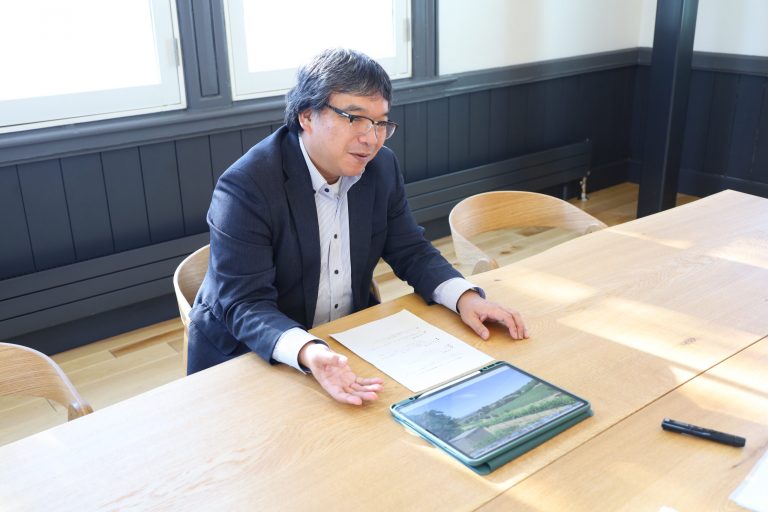
At the Innovation Lab, a research facility, comprehensive studies are conducted on factors crucial to winemaking, such as soil and microorganisms, and support is offered to vintners/viticulturists. Equipped with advanced analytical instruments, the lab enables the swift measurement of various parameters, including sugar and acidity levels, in small-volume juice samples. This facility provides a valuable resource for those producers who may find independent analysis challenging, allowing them to bring in juice or wine samples for assessment.
Located behind the center building, the former Insect Specimen Room has been transformed into a wine storage area. This area includes a wine cellar that is equipped with a cold-water-based air conditioning system for optimal wine preservation, and that is able to store approximately 1,800 bottles. Professor Teruo Sone, director of the Center of Education and Research for Hokkaido Wines and head of the Research Faculty of Agriculture’s Laboratory of Applied Molecular Microbiology, enthuses about the future, “Ultimately, we aim to establish a wine bank that can store products from wineries across Hokkaido for extended periods to increase their value.”
Research contributing to the enhancement of Hokkaido wines’ value
Wine production encompasses myriad research topics, from soil and climate to microorganisms and marketing. The strength of Hokkaido University, a comprehensive, research-oriented institution, lies in its capacity for multifaceted approaches to winemaking. Professor Sone delves into wine research from diverse perspectives while grounding his work in his specialty of microbiology.
From a microbiological standpoint, the primary goal is to develop technologies that ensure stable production. In wine fermentation, yeast and lactic acid bacteria play crucial roles, but the absence of sterilization means that microorganisms naturally present on the grapes can significantly impact the final aromas. This effect potentially imparts a unique character reflective of the wine’s origin; but, if not adequately controlled, can lead to adverse outcomes such as undesirable aromas. Professor Sone is keen on elucidating the types and functions of microorganisms involved in the vinification process and controlling them to establish reliable winemaking techniques. He has collected more than 500 strains of yeast native to Hokkaido, and is working to elucidate their characteristics. In pursuit of advancing this research, he intends to obtain a license for experimental winemaking within fiscal year 2024.
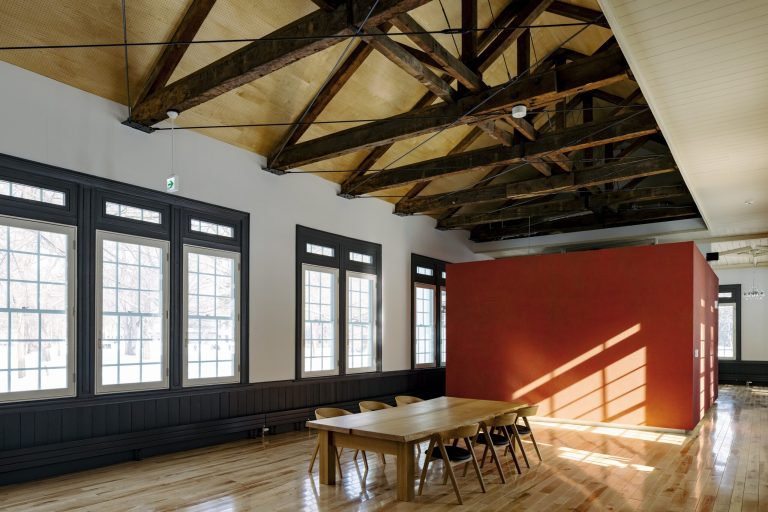
Professor Sone emphasizes health benefits as a significant characteristic of wine. In collaborative research with the University of California, Davis, clinical trials involving red wines produced by Hokkaido winemakers have demonstrated that certain wines can lower the drinker’s blood pressure.
The health benefits of red wine go well beyond lowering blood pressure and are widely recognized. The Mediterranean diet, a culinary style deemed beneficial for health, incorporates red wine alongside olive oil and pulses. Professor Sone comments, “It would be interesting if a Hokkaido cuisine that combines local ingredients with wine were to give rise to a food culture that paired local dishes with wine.”
Cultivating Hokkaido wine in Elm Forest
Professor Sone says that wine serves as a symbol of a region and reflects climate and terroir (the environmental factors that affect the crops and wine characteristics). Furthermore, wine has a deep connection with food. By encouraging people to explore various parts of Hokkaido for wine and food pairings, tourism can be developed, leading to job creation. This, in turn, will encourage young people to settle in the region, contributing to its revitalization.
The Center of Education and Research for Hokkaido Wines will continue to support the development of Hokkaido’s wine industry as a hub of wine education and research that enriches food culture and promotes regional development, and as a gathering place for the appreciation of wine.
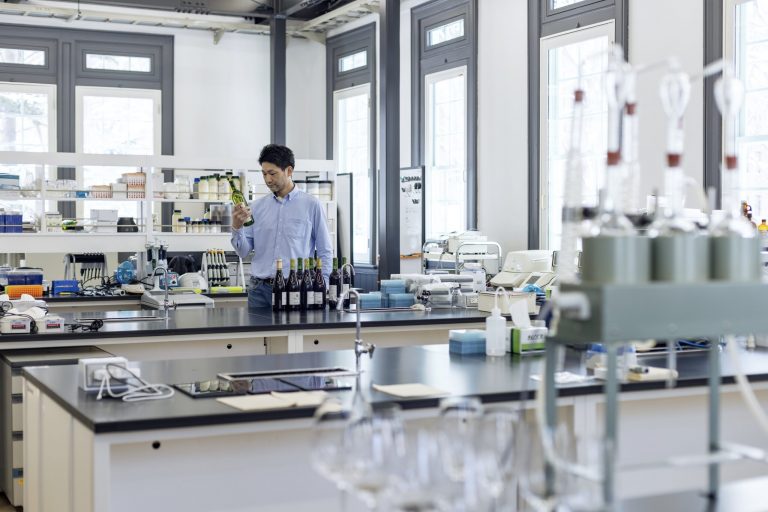
This article was published in the Spring 2024 issue of Litterae Populi. The full issue can be found here.


